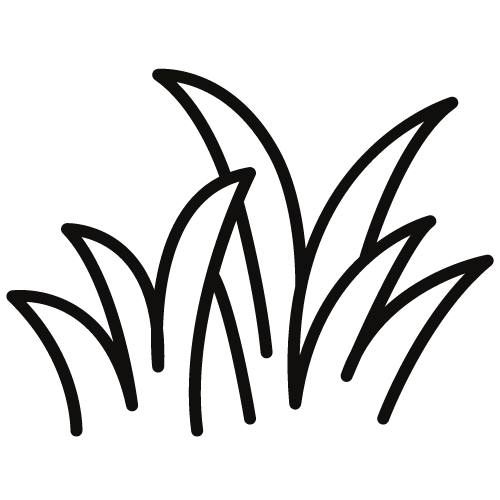Protect your yard. control weeds before they take over
Phoenix yards need more than just water and sunshine - they need expert care. We help homeowners fight weeds, fertilize smarter, and keep landscapes clean year-round.
Family owned & operated. Serving Arizona since 1982 PMD #5152
We Specialize In

Pre emergent Weed Control

Fertilization / Insects

Olive Control
Stops Weeds Before They Sprout
Custom-blended nutrients for Arizona's climate
Prevent messy fruit stains on your driveways & walks
Landscape Consultations
Planning a refresh? We can help you choose the right plants for the right spots
Grass removal for landscaping
Before you relandscape, kill the turf. Save the headache before the water savings

Why Homeowners Trust EST Weed Control
* Locally Owned and Operated - We live here too
*Reliable Scheduling - We watch the calendar for you
*Eco-Conscious - Safe for kids, pets, and pollinators
*Real Communication - Text, call, or email. We respond
COMPANY STORY
& EXPERIENCE
EST Enterprises Inc. was family founded in 1982 as a landscape installation and maintenance company.
1985 brought incorporation and a change in direction. Starting to spray olive trees led to expanding into weed control with the purchase of a close friend’s spray business when he wanted to move back to his hometown. The sale of our landscape installation and maintenance business soon followed in order to concentrate on weed control.
We continue to grow with the goal to maintain the family contact and service. We never want to lose the fact that we treat all our clients as if they were members of our family. Our clients are our best advertisement.

Over 40 years in business
Certified technicians
Limited guarantee
Your Yard Deserves Better. Let's Make It Happen
How Can We Help?
We Provide a Wide Variety of Services
Protect
Shield your property from fire, pesky pests, and unwelcome HOA warnings.
Training
All our technicians are certified by AZ. Dept. of Agriculture and are required to take 6 hours continuing education along with our in house training
Integrated Pest Management
We use the latest procedures and techniques along with years of experience to help keep your landscape beautiful.
Service Documentation
We email you an invoice with the products applied, time, date, and technician with a link to pay online.
CALL US 623-742-6923


